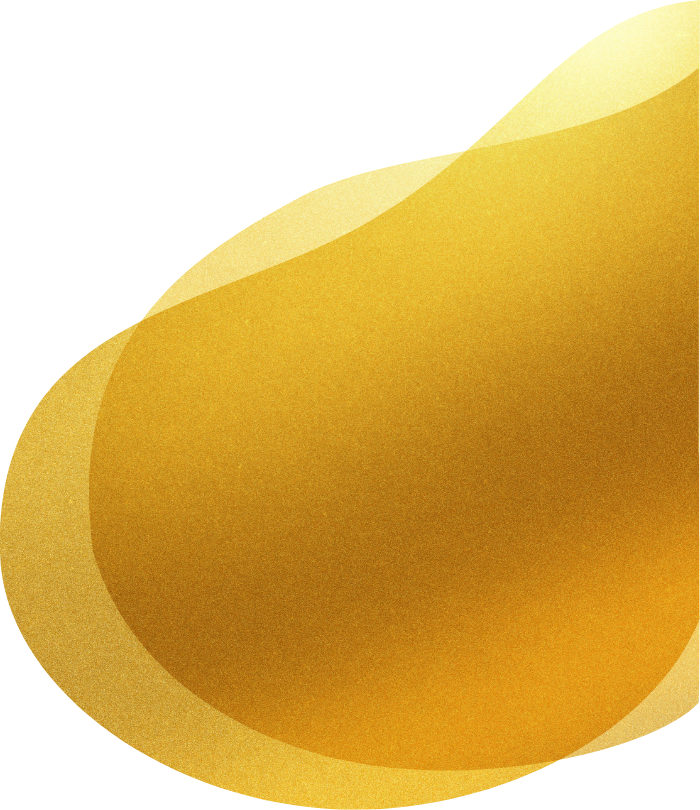Q&A



Luster
I applied Mother of Pearl Luster, but it developed a yellow or bluish-white color.
This is likely caused by variations in the oxygen supply inside the kiln. When there is too much oxygen, it turns yellow, and when there is too little, it turns bluish-white. Please minimize the amount of material inside the kiln to ensure proper oxygen flow during firing.
After firing, the coating did not form properly and peeled off or became powdery.
The Luster will peel off or become powdery if applied too thickly. Please dilute with Luster Oil to the recommended percentage, or we can provide pre-diluted Luster if preferred.
After applying Mother of Pearl Luster, it turned blue.
Mother of Pearl Luster will turn blue if even a small amount of gold is mixed in. It's possible that a brush previously used for gold was used. Please ensure that brushes are kept separate.
I applied Mother of Pearl Luster, but it turned gray.
The mixture is likely too diluted. Please increase the concentration and apply it again. (Recommended dilution rate: 30–40%)
After applying Mother of Pearl Luster, the expected variety of colors wasn't achieved.
The difference in shades isn't showing. Please apply it in a slightly blotchy manner. Additionally, you can tap with a brush or use a sea sponge for finer patterns.
The viscosity of the Luster liquid is high and difficult to apply.
The resin cap of the container can cause solvent evaporation if left for a long time. You can restore it with Luster oil, as long as no clumps appear.
Red shades tend to deteriorate easily. If it becomes gel-like, it may no longer dissolve in Luster oil. Do not use it in this condition, as it will affect color and gloss.
After firing, brush marks appeared.
If the drying time is too fast, unevenness will occur. Dilute the Luster liquid with Thinner, which spreads more easily. Avoid using fast-drying Thinner.
Using a small brush and applying multiple coats can lead to unevenness. Choose an appropriate brush size relative to the area you're covering.
As unevenness is likely if mixing is insufficient, please use after diluting and stirring well.
Is Luster compatible with microwave ovens?
Microwave-safe gold and Luster can be used in a microwave oven.
Is it okay to wash tableware coated with Luster in a dishwasher?
Because the film thickness is thin compared to gold, there is a possibility that it may thin out or peel off relatively early. We recommend washing with a kitchen sponge.
Is the abrasion resistance of Luster weak?
The red range is somewhat strong, but because the film thickness is thin, the abrasion resistance is weaker compared to gold.
Is it okay to mix and use Lusters of different colors?
Unlike the feeling of mixing paints, the desired color tone will not appear due to the alloy color, so we do not recommend it.
Is there any problem with overglazing Lusters of different colors by firing twice?
Luster has translucency and picks up the color underneath, so it develops its original color tone with the color of the base layer. When applied over a base layer, overglazed, or applied over paint, it will not develop its original color tone, but you can also enjoy the changes.
